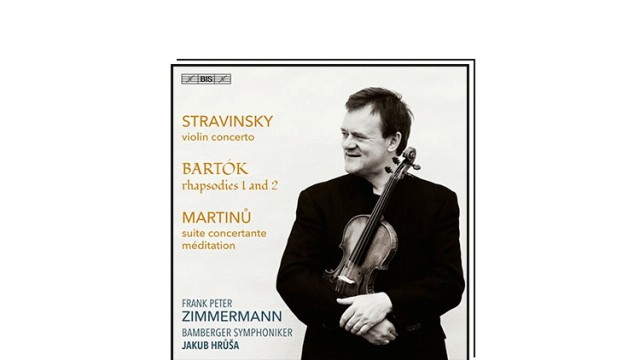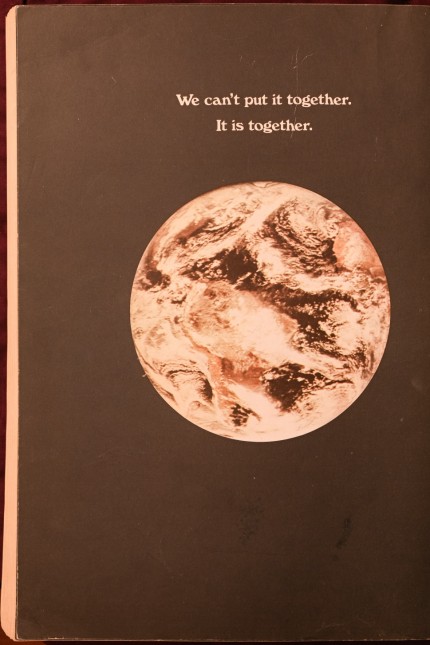Pop: “I Hate it Here” by So Good
Clearly: “We had the worst Prime Minister ever! And then we had the worst Prime Minister ever! And now we have the worst Prime Minister ever!” And the pop? He sings silly love songs. That’s why those who are difficult to google (especially on Instagram: a lot of food content) Tiktok favorites So good The channel is quite full at the moment and share this in the famously snotty post-punk-proto-something-political board “I Hate It Here” with. The song sounds like it has Wet leg in the silky sheets of an expensive hotel with the Sleaford Mods paired and then raised the child badly together. So really great. So far there is only a few more singles from the British, but if we may make a suggestion: “The Worst Of” would be a great title for an album. Jacob Biazza
Film: Quentin Dupieux on Mubi
A one-eyed police officer in Quentin Dupieux’s film “The Watch”, which can now be seen in the stream.
(Photo: Quentin Dupieux)
A travel agency where it rains non-stop. A fly in the trunk the size of a child. A car tire that takes revenge on people. A cop who wants to make it big with a techno track and takes a half-dead man who was accidentally shot to his appointment with the producer. If you watch Quentin Dupieux’s films, the arthouse streaming service Mubi is currently showing five of them in one small retrospective, can hardly save himself from the fireworks of incomprehensible, absurd-surreal ideas from the French all-rounder.
His film career is his second. 20 years ago he was a star of the French techno scene as Mr. Oizo. His minimalist track “Flat Beat” made it to number 1 on the dance charts in several countries and, along with its protagonist, the yellow Muppets doll Flat Eric, even made it into Levi’s advertising.
Dupieux started making films as a child, then came the music videos, and since 2007 he has been releasing a new anarcho masterpiece almost every year. They are rather loosely knitted, produced quickly and with little money, but that is exactly what gives them their irresistible charm. And if the plots occasionally get tangled up in the proliferation of Dupieux’s ideas, then his inexhaustible inspiration, his mysterious soundtracks and the fantastic equipment provided by Dupieux’s partner Joan Le Boru reliably hold the whole thing together. It’s hard to get enough of the brutalist architecture, the bizarre office worlds and the orange juice-colored light. Dupieux lived in the USA for a long time. The humor in his early films stems, among other things, from the foreign view of LA’s neurotic culture. But his return to Paris also has its good side. The big French actor names just fly to him. His most ludicrous film to date is “Le Daim”, also shown on Mubi, in which the wonderfully sonorous Oscar winner Jean Dujardin leaves his wife and his old life. He doesn’t fall in love with the waitress at the provincial guesthouse (Adèle Haenel), but with his new leather jacket. This can’t end well. Jörg Häntzschel
Radio play: Hugo von Hofmannsthal on SWR2

Hugo von Hofmannsthal in his salon in Rodaun around 1905.
(Photo: dpa)
These dramas and stories were more than half a century old after the end of the Second World War; its author has been dead for a quarter of a century. Nevertheless, radio play editors in the 1950s discovered something significant for their time in the works of Hugo von Hofmannsthal. The forerunners of the SWR alone staged more than half a dozen Hofmannsthal radio plays in this decade: well-known material such as “Letter of Lord Chandos”, but also new discoveries such as “The Adventurer and the Singer” or “The Fool and the Death” . Now, on Hofmannsthal’s 150th birthday, there are seven of these rarely broadcast productions in a long night of radio plays (SWR 2, Saturday, January 27th, from 11 p.m. to 6 a.m. the next morning), after which they are available in the audio library. Despite all their differences, they are pieces about human abandonment and the struggle for identity. Stefan Fischer
Classical: Stravinsky’s Violin Concerto

Stravinsky, Bartok, Martinu, Frank Peter Zimmermann – Violin Concerto / Rhapsodies 1 And 2 / Suite Concertante, Méditation
(Photo: BIS)
Igor Stravinsky was once asked in his later years why he still wrote pieces in twelve-tone technique, even though he had previously clearly distanced himself from this composition technique. The old master replied disarmingly simply: “I like to compose!” In his variety of styles and willingness to try things out, Stravinsky can best be compared with Pablo Picasso, who explored every artistic path without fear of criticism or rejection.
Stravinsky’s neoclassical phase in the 1920s was sharply criticized as a departure from and betrayal of modernity. Well, his compositional power and unmistakable individuality, on the other hand, has always prevailed among musicians and listeners, see for example the truly anti-romantic Violin Concerto from 1931. Frank Peter Zimmermann called the piece a “Brandenburg Modern Concerto”, in which the large orchestra and the obbligato solo violin are interwoven into a captivating, rhythmically crackling chamber music of the funniest and most pointed kind. However, it must also be played with the same responsiveness, wide-awakeness and ingenuity as that of Zimmermann and the Bamberg Symphony Orchestra under Jakub Hrůša. Suddenly, in the two middle movements, the Arias, a touch of moving violin sentiment shines through, because Zimmermann’s art of sound design allows this without intention.
The other pieces, Béla Bartók’s two rhapsodies and Bohuslav Martinů’s Suite concertante, radiate vital virtuosity and show how rhythmic structures from Hungarian or Bohemian folk music are transformed into complex musical structures without betraying their origins. Bartók’s rhapsodies were written at the end of the 1920s, Martinů’s Suite concertante, which was unfortunately rarely played, in 1944. The world violinist Zimmermann and the Bambergers under Hrůša show how original and sophisticated these folk music-inspired scores are. In the Suite concertante you can hear Stravinsky’s concerto as if from afar; Martinů was undoubtedly impressed and wrote the suite for the violinist to whom Stravinsky’s piece was dedicated: Samuel Duschkin. This great CD is also a homage to this great violinist. Harald Eggebrecht
Magazine: Whole Earth Catalogue

Earth from space: cover of the “Whole Earth Catalog” from 1972.
(Photo: Wikimedia)
Long before the Internet made all ideas and products available with a few mouse clicks, a few hippies in San Francisco got together and published a catalog that bundled all the tools, books and visions for a life in the future. This ranged from tips for carpentry tools to Norbert Wiener’s “Cybernetics” to works about the social experiments of the kibbutzim. Activist and author Stewart Brand came up with it. The first edition appeared in 1968. Apple founder Steve Jobs called the magazine “the Internet before the Internet.” Now you can read all issues up to the end of 2002. The Internet Archive scanned it and uploaded it online. A magnificent look into the future thinking of a fundamentally optimistic past. Andrian Kreye

